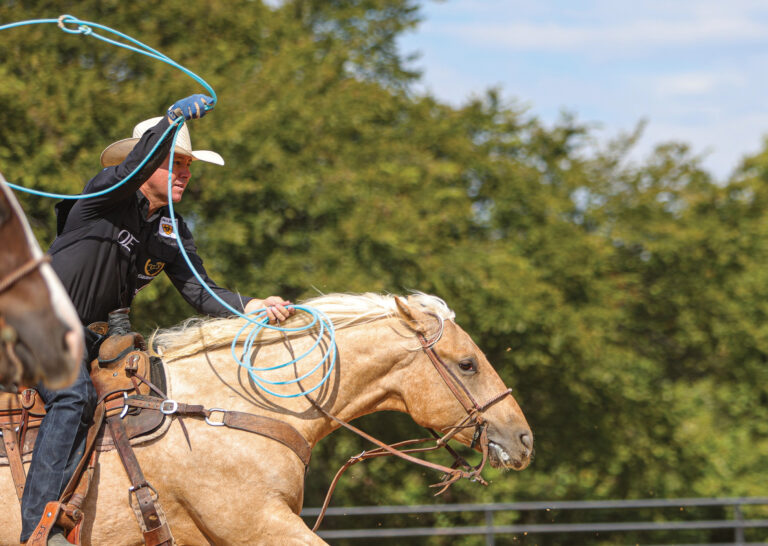A common problem in heeling is a horse reading your throw or telling you when to throw. You get to where you can’t win much if you go past the third hop at any level, but at the same time, if they’re telling you to throw on the first hop, it doesn’t give you the option of taking one more to be sure. It’s something I’ve struggled with, and something that’s become a point I like to work on maintaining with all of my horses.
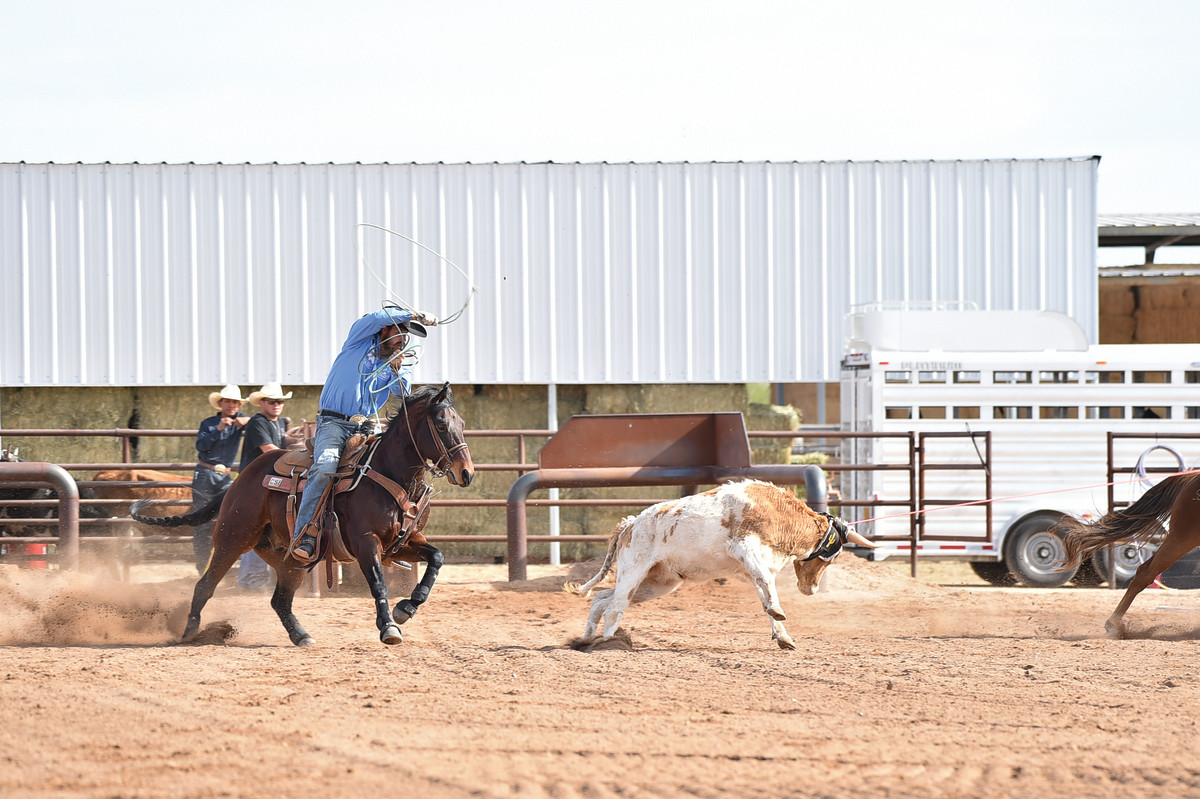
1. I want my horse to be moving underneath me to give me good shot selection. If my horse is not moving free all the way to my throw, I won’t get as much tip trough and risk slipping a leg or missing. I don’t ever want to feel rushed.
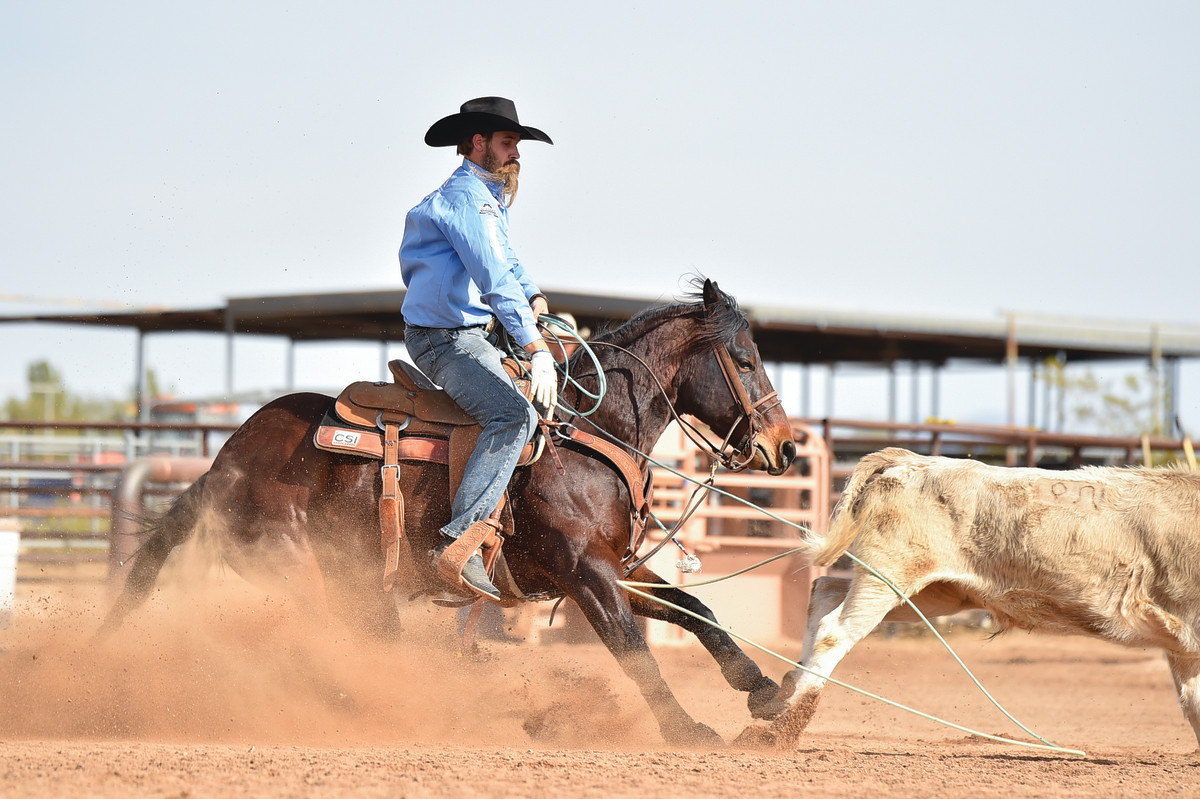
2. If he stops before I want him to and our timing gets off, my loop hits smaller. This is a result of feeling rushed at the bottom of my delivery and not letting my tip finish. If he stays under me until I deliver, I can get a nice big loop and solid finish on the run.
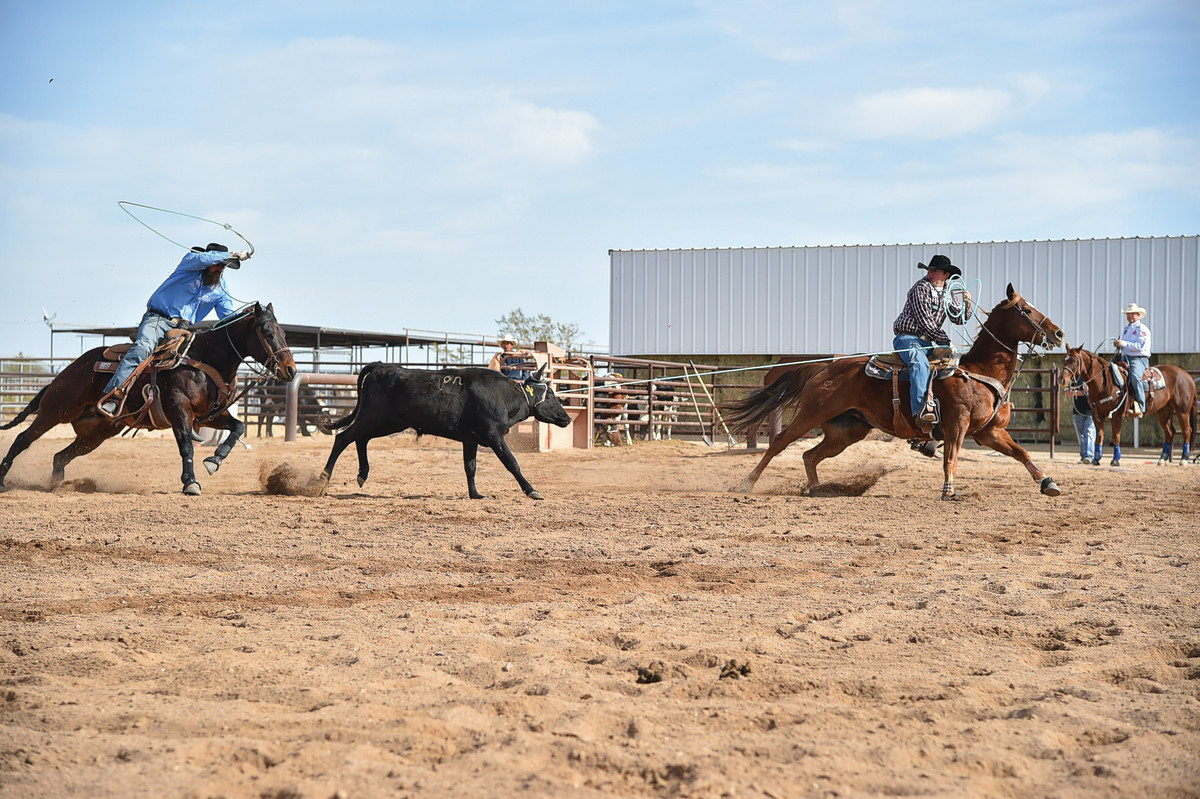
3. The main thing is, even when I’m practicing, every time I try to set up a shot for the first hop but I might not deliver until the third hop. I try to not change my swing and be all the way fed out by my third swing, so when I make the corner, I want my horse to be moving and staying in time, not waiting for the stop. If I feel any sort of resistance or him hedging at all, I’ll keep riding until he relaxes.
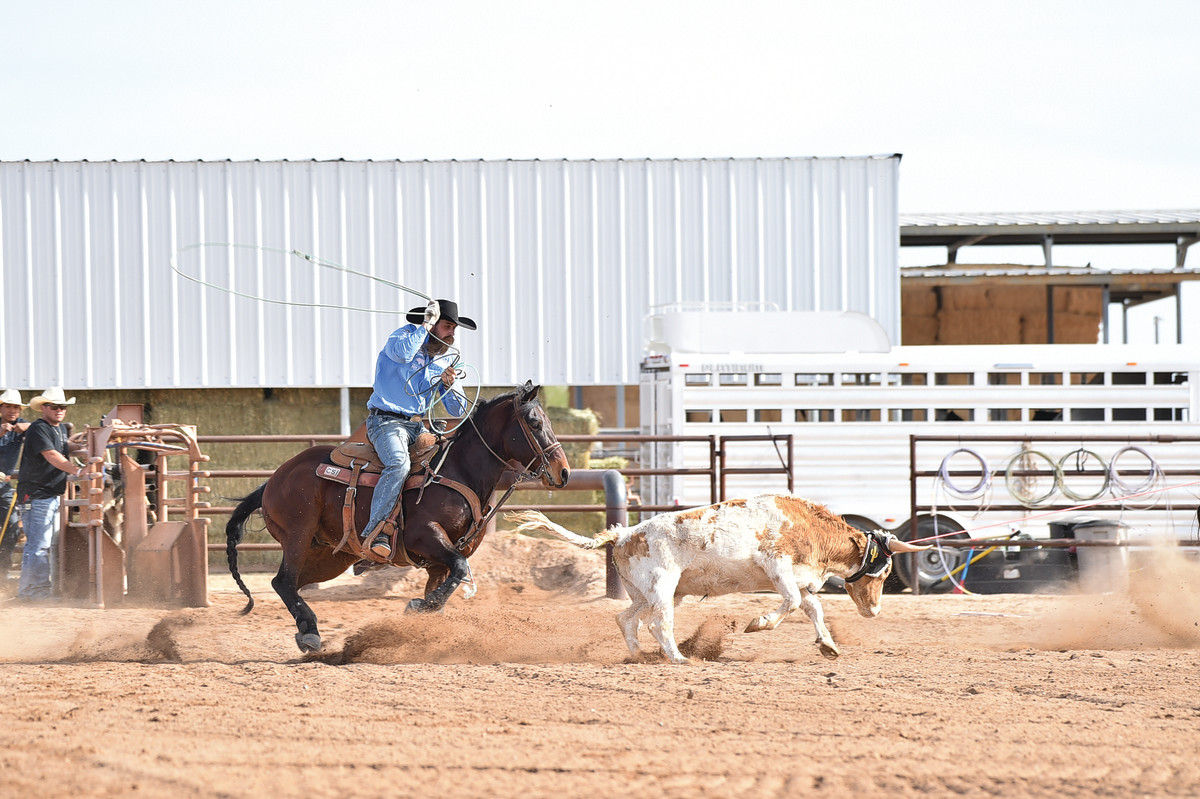
4. That correction when I feel him reading my throw doesn’t have to be anything erratic. It’s just a matter of keeping my swing consistent and kicking him through on a few. For a lot of horses, this is something that you should do often to maintain them.
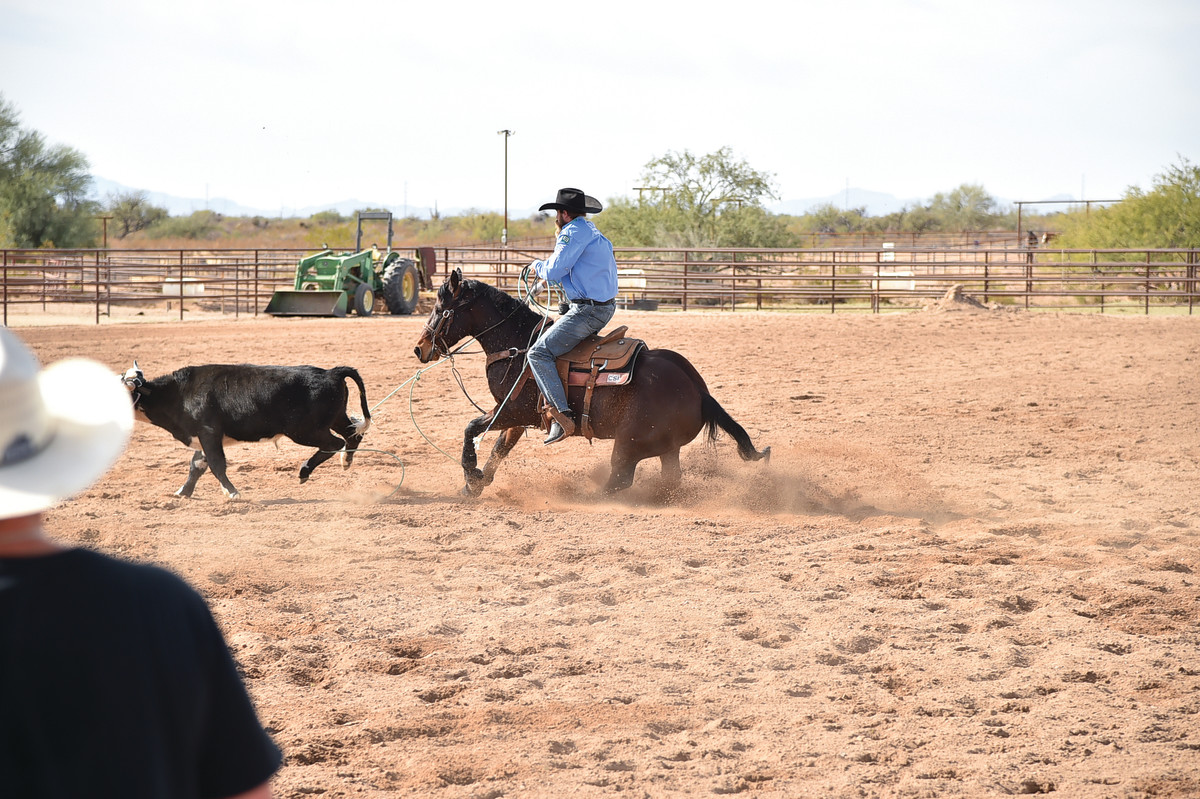
5. I work on keeping my feet between the cinches and my body square to avoid telegraphing my delivery. I try to allow my horse the freedom to make the mistake and then correct it rather then baby sitting him trying to avoid him making the mistake. When you’re on the road you don’t usually have the luxury of freeing your horse up, so I try to leave the house with them comfortable and confident in there job.
Bonus Horsemanship Tip from Jeremy Buhler:
Horse care is essential in what I do. With Rick James, my dun, one of his best features is that he’s very gritty and very tough. A lot of times, horses like that won’t let you know if something small is hurting them. You might notice something is a little off, but nothing blatant. So it’s critical to be proactive in their care, with quality gear and tack and regular maintenance.









